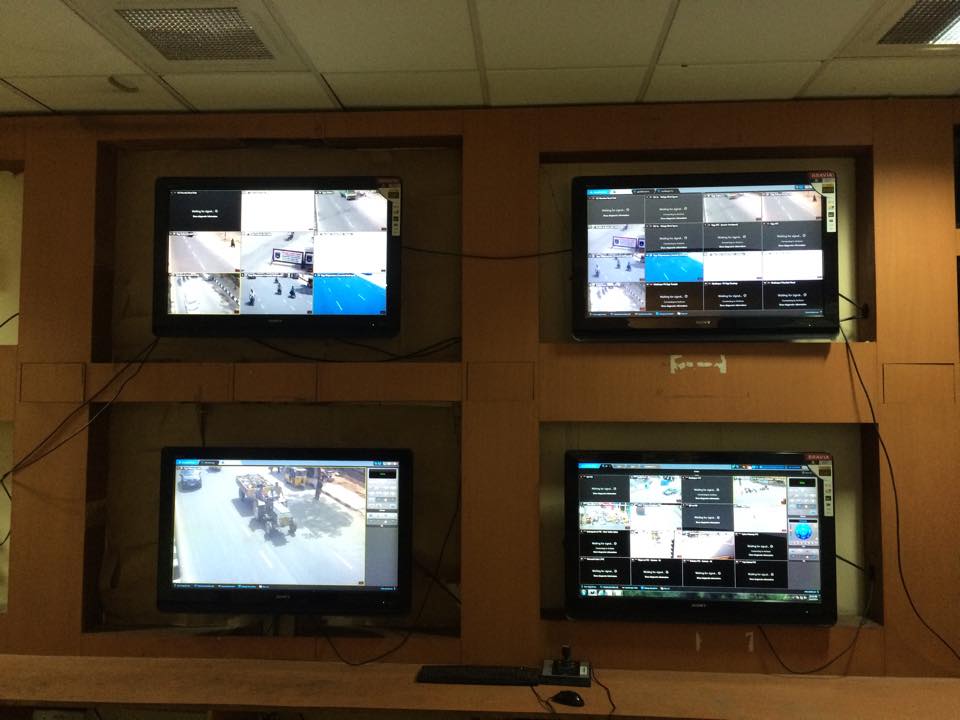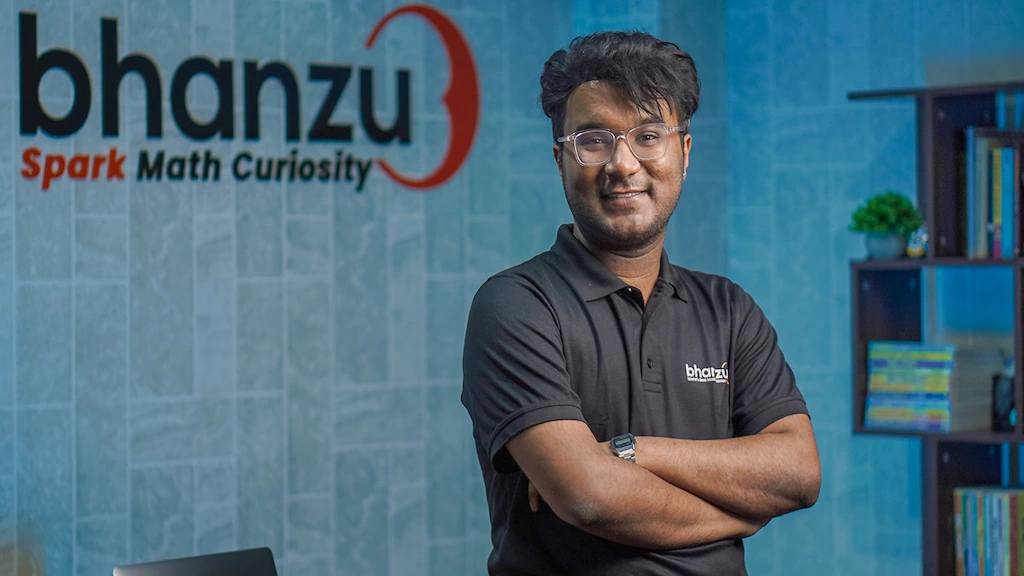![Safety-Cyberabad : Devthon Pre-event at Cyberabad Police Commissionerate 1 Devthon-Logo-Color[400x400]](https://startuphyderabad.com/wp-content/uploads/2014/11/Devthon-Logo-Color400x400.png) An ordinary woman returns home, kicking an ordinary stone in her path. The ordinary biker hums an ordinary Dharmendra tune on his ride. But on the ordinary road that sometimes fails to take them back safely, the public gossip later ponders, Good Lord! Who would have thought?
An ordinary woman returns home, kicking an ordinary stone in her path. The ordinary biker hums an ordinary Dharmendra tune on his ride. But on the ordinary road that sometimes fails to take them back safely, the public gossip later ponders, Good Lord! Who would have thought?
At Safety-Cyberabad Devthon pre-event today, we did the thinking.
Assembled at the Cyberabad Police Commissionerate, participants from diverse backgrounds stole an insight into the way police forces work to keep us safe and more importantly, received valuable feedback on areas of improvement where technology and design can play a huge role in mitigating challenges in safeguarding communities.
Round I
Sitting around the Conference Room were technologists, designers, engineers, representatives of the Society for Cyberabad Security Council, Smart City developers and researchers. The tiny waiting period had already served as a preamble to the round of formal introduction that followed, between assuring nods and smiles. Once the warmth was spread, we divided ourselves into groups of 4 to discuss the challenges of everyday life that had brought us all together. We were assigned to focus on 3 areas : Women Safety, Community Safety, and Safety in Public Transport. Through our own experiences, we were to extract problem statements that would lead us to solve the problems in creating a safer city.
We agreed that most women feel unsafe in taking any form of transport in the late evenings. The public areas turned predominantly male as the night advanced. Due to lack of foresight, existing apps like Citizen COP, SafetiPin etc. remained far from the reach of feature phone users like myself, and a majority of the population.
In the round of sharing our problem statements, we exchanged ideas that were brought out by each group. While representatives of the Cyberabad Security Council wanted to understand the functioning of the supposed Police Stations every 500 metres, members of the Hyderabad Urban Labs showed us the route maps devised for the bus network in the city. For offering technological solutions to public safety, engineers from IIIT-H questioned how the existing data was handled by the police personnel. Towards more administrative issues, we discussed how the shared auto system needs to be regulated, both to ensure security and also to put a cap on the auto-drivers” whimsical rates. Loopholes in the wistful dream of wi-fi everywhere were also brought out, in the wake of increasing cyber crimes.
Round II
Rushed and hushed, between sharing and collecting our problem statements, little did we know that we were going to meet what we did next. Round II led us into two tours of The Police Control Rooms. In a slice of heaven, the precious heart of the city”s security was opened for commoners like us, seeking solutions for better habitation. Thanking our stars and skills alike, we entered the room of throbbing, pounding activity. The information overload had us wishing for dozens of eyes, eidetic memories, and, in my case, more than my current (read:pitiful) understanding of Telugu.
We learnt that Cyberabad has been neatly divided into 5 zones, each with one department at its head. Between Malkajgiri and Gachibowli, there were established 48 Police Stations, 16 Traffic Police Stations, and 5 Crime Stations. The calls were responded to immediately, and alternate numbers were made publicly available. Once informed, the officers reported to the crime scene within an average of 5 minutes. We saw updated records of hourly crime reports, responses, accused and irresponsible policemen, duly noted.
We took our second tour which felt like a paragraph from Asimov”s fiction. On the far end were on display 4 TV screens, each showing the CCTV footage of a specific road. In addition to time-stamped minute-to-minute records, the camera could zoom in to display the number plates on the vehicles. The Traffic Police techie explained to us the periodic cycle of traffic lights, the communication devices across the city and the three-way backup power plans (basic component : solar power). They also told us how the traffic lights automatically regulated traffic when it needed clearance.

A light bulb flashed in the engineer”s mind. Underneath was written : Machine Learning.
Round III
The policemen felt thoroughly excited with the possibilities that such a platform could bring through co-creation and collaboration with engineers, designers and technologists. Contrary to popular belief, they were extremely open to answer our questions. They were pleasantly eager to ask their own. At Devthon, we felt rewarded when they thanked the initiative for addressing challenges that helped police safeguard communities better.
We collated our ideas and experience, each team
thrilled on their own accord. Between buttery Osman biscuits, we collected problem statements that the Commissionerate officers required Devthon to solve.
-
They did not have any efficient system which could tell them the exact location for victims. When they got a call, it was hard for them to identify the location and reach them.
-
The DCP told us that they had no way to broadcast news to the regular traffic in case of an emergency.
-
Also about internal communication between stations, their most effective means of communication was Whatsapp.They said they required a more specialised communication device.
In the discussion that followed, all the participants collectively felt that each of the problems could be solved with some reasonable effort. We observed that some of their problems were already solved in theory, just waiting to be applied in the required domain. Like the thirsty crow who had its way, Devthon put those few stones in the pitcher. Through the week that follows, Devthon will announce online Hangouts with product engineers and designers to tweak and improve solutions.
Individuals will spend this week on research, collecting more insights on challenges and gather resources to work on the prototype this weekend. If you haven”t already registered to be part of the prototype phase of Devthon, please visit http://s.devthon.org/13vYdsE








